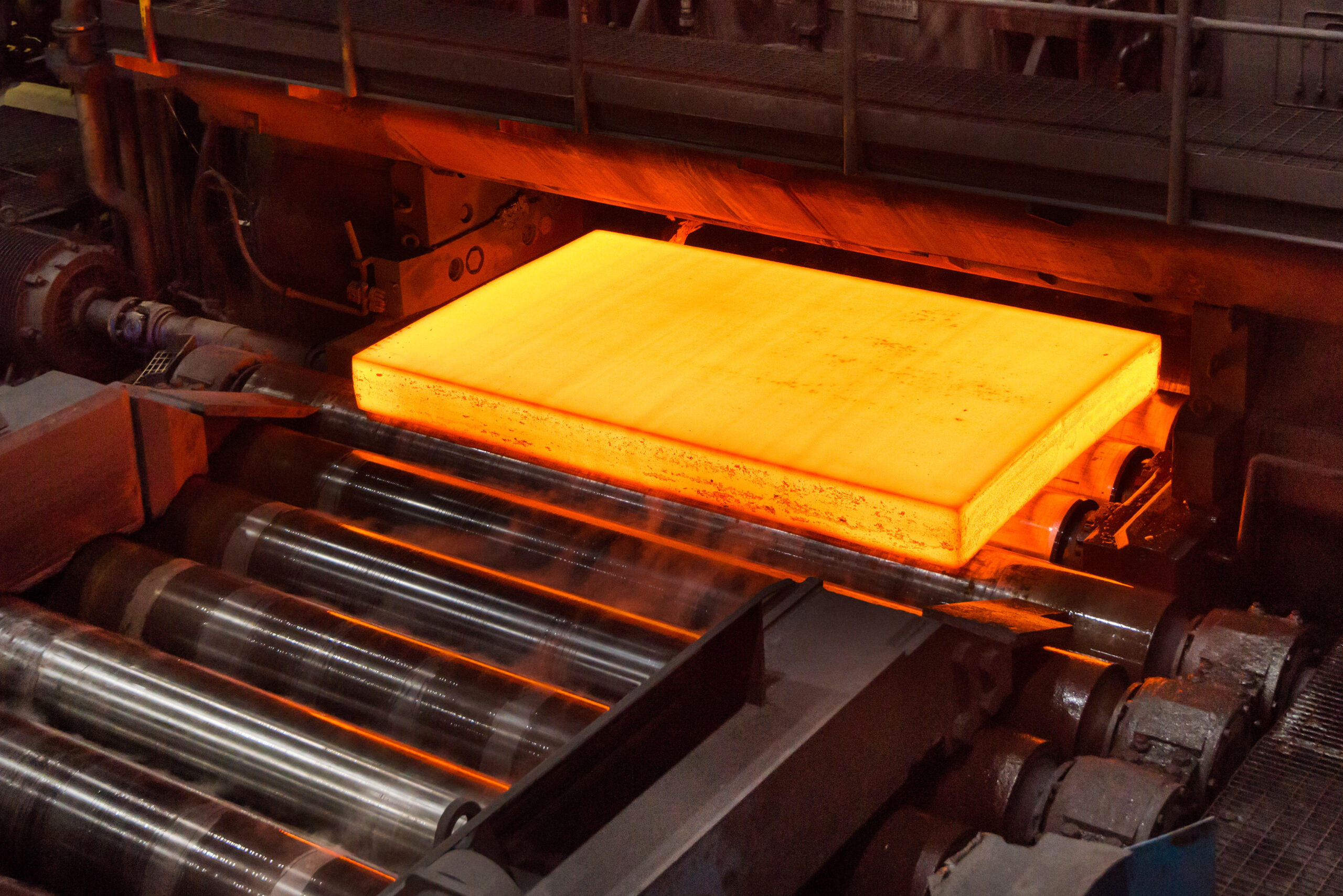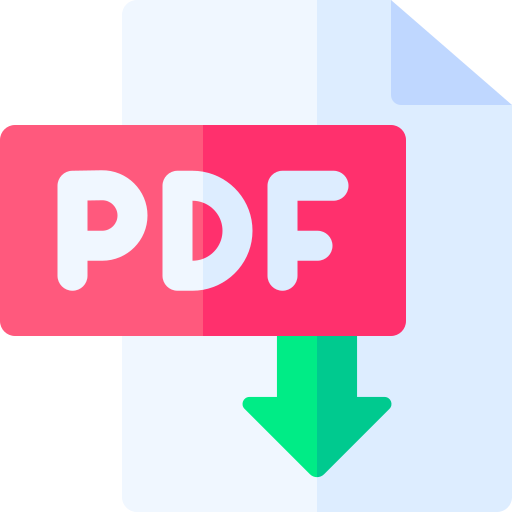The media space offers more and more news about how various companies incorporate blockchain in their business. In August 2019, for example, Metinvest awarded an equipment procurement contract via we.trade, a blockchain platform. In May 2020, mining giant BHP completed a blockchain iron ore transaction with China. In July 2020, Nanjing Iron & Steel closed a blockchain deal to buy iron ore from Australia. One might begin to suspect that companies use blockchain only as hype because it’s a blockbuster. But is it really so? Let’s give it a good think.
What is blockchain after all? It’s a distributed ledger. To put it more simply, it’s a database that is not, however, stored in one particular location, but instead is held on all of the computers in the network at the same time. Any participant in the network can modify this database according to certain strict rules, but all modifications must be approved by a community of peers.
Blockchain’s advantages are transparency and immutability. Transparency means that all transactions can be traced. In a public blockchain (available for all) anyone can access the ledger, while in a private blockchain (with limited access) only selected participants can do that. Immutability means that the history of transactions cannot be altered retroactively. Cryptography makes it possible by linking every next block to the previous one.
Which possibilities does blockchain offer to steelmakers?
Possibility 1
Making deals using smart contracts. Smart contract means that a transaction between the parties is closed automatically once a specific condition is met. For example, the seller automatically receives the payment for the sold goods once they arrive at the destination point.
Smart contracts offer the following advantages: mitigation of risks for the contracting parties, related to payment for and delivery of goods; no need to go to court as the contract is performed automatically; no need to communicate with banking institutions in case the payment is delayed or failed (as blockchain is transparent, the contracting parties can check the payment status themselves).
Two factors make this scheme fully operational: a) advanced Internet of Things allowing real-time tracking of movement of goods; b) a system of agents (oracles) transmitting information from the external world into blockchain.
Possibility 2
Tracking goods throughout the supply chain (from raw material to finished product). One of possible options is recording the history of product movements in blockchain. The Canadian Government is already implementing an approach allowing tracking of steel supplies through a blockchain-based platform. It will allow tracking the origin of steel products and dispel the U.S.’ concerns that steel products from third countries might reach the U.S. as Canadian exports, thus evading import duties.
Blockchain’s advantages for supply chains:
- Anyone (in a public blockchain) can verify the origin of goods;
- Verification is totally reliable because in a blockchain, unlike a conventional centralized database, it is impossible to alter records retrospectively ‘under the table’.
Presently, the key challenges have to do with automation of the track-and-trace function and recording supply chain information into the blockchain ledger.
Possibility 3
Document authentication. This feature is relative to the previous one but is easier to understand and implement in practical terms. Every document is encrypted using a specific algorithm, the output being a string of letters and numbers of a fixed size (so called ‘hash’). That hash is then recorded in blockchain.
The encryption (hashing) algorithm generates a unique hash for every document. Even a minor alternation of the content of an encrypted document results in total alternation of its hash. The advantages of using blockchain for document authentication are similar to those referred to in the previous section and include simple verification by anyone and absolute reliability of the results.
An good example would be a SAP project to create a single sectoral register of blockchain-based certificates for steel products. The purpose of that register is to authenticate certificates and thus fight counterfeit products which, according to expert estimations, exceed 10% of the overall consumption volumes. The project was supported by Russian steelmaking companies, including Severstal.
Possibility 4
Creation of an exchange infrastructure. This possibility is linked to the financial sector development, but at the same time directly affects the steel industry, for example in terms of iron ore and steel derivatives markets. Blockchain allows creating digital analogues of the real-world assets (so called ‘tokens’) and move them. This simplifies trade in these assets.
According to the World Steel Dynamics, the demand for hedging instruments in the steel market will grow as price volatility increases. That’s why new instruments simplifying trade will be relevant as ever.
Advantages of a blockchain-based exchange infrastructure include:
- It fully or partially cancels the need to engage traditional stock market intermediaries (brokers, custodians), allowing companies to close transactions on their own and store tokenized assets. This, in turn, reduces companies’ expenditures as they no longer need to pay to intermediaries, and reduces the human error risk posed by intermediaries;
- Companies can track and trace their assets on their own as each has a unique blockchain address. Cryptocurrency exchanges are now being actively developed. Some of them (so called centralized) are similar to traditional stock exchanges (single management center, single server where assets are stored and requests fulfilled). Others (decentralized) have no single server and are based on smart contracts. When these technologies will affect traditional sectors of economy is just a matter of time.
Blockchain today is a developing technology. It has obvious weaknesses compared to traditional centralized solutions (more expensive maintenance, lower transmission capacity, high probability of software errors). Some of these will be removed in the future. Some, maybe, will remain the ‘price’ for using this technology. Anyway, blockchain offers some interesting possibilities and will surely have applications in some way.




